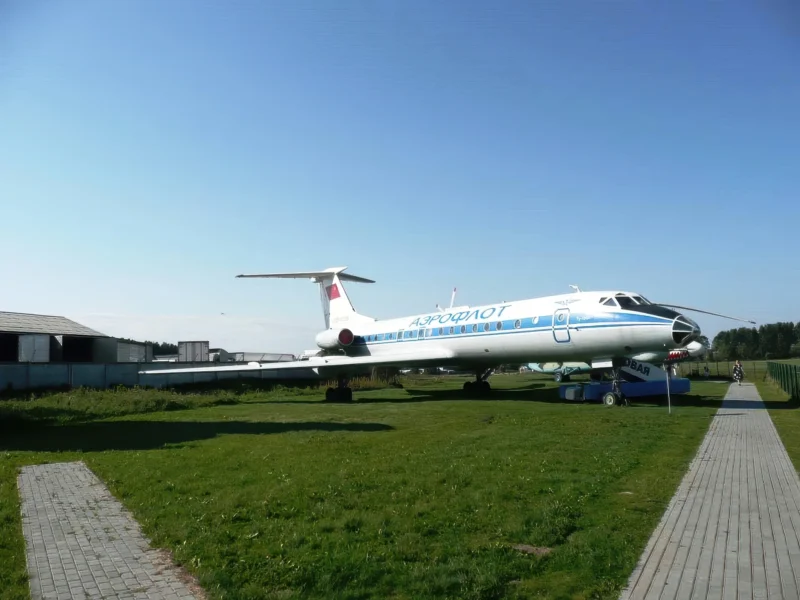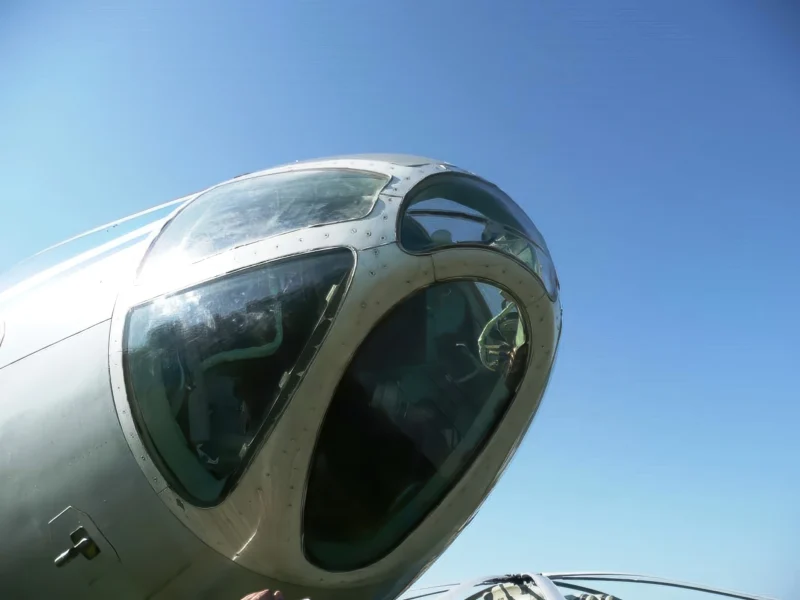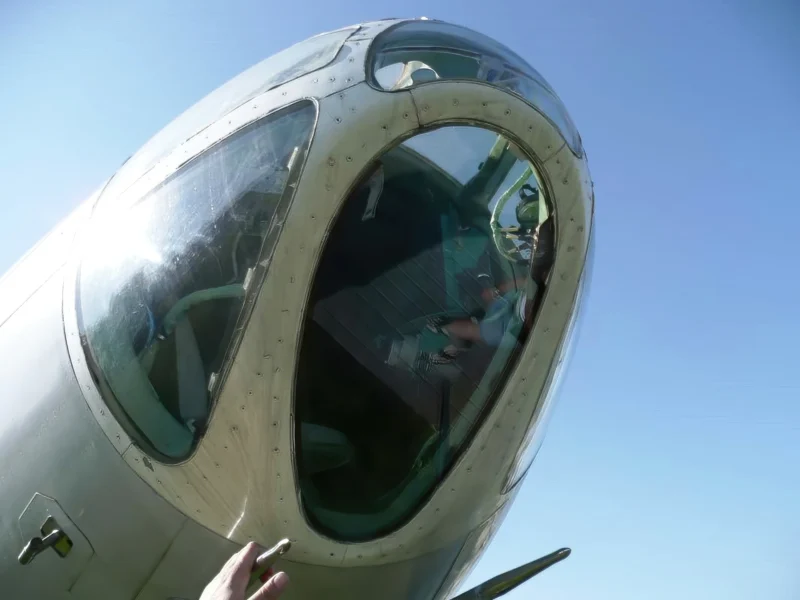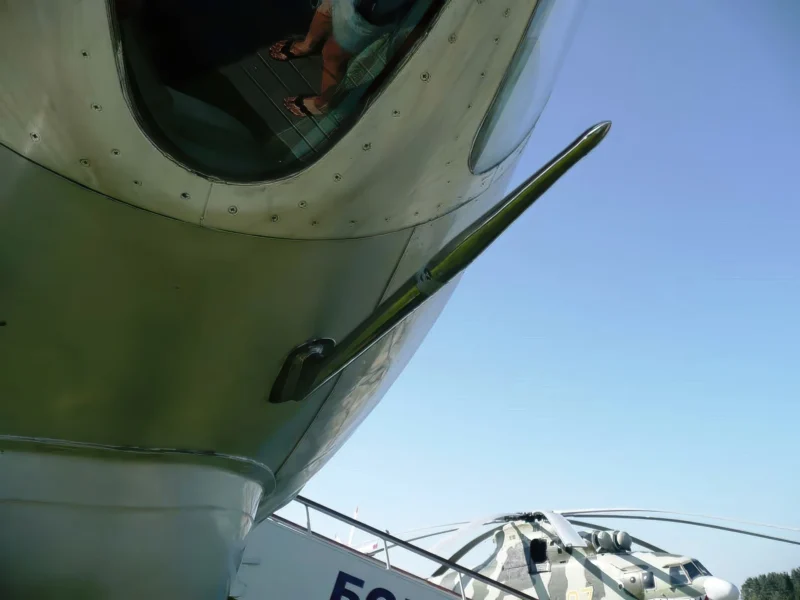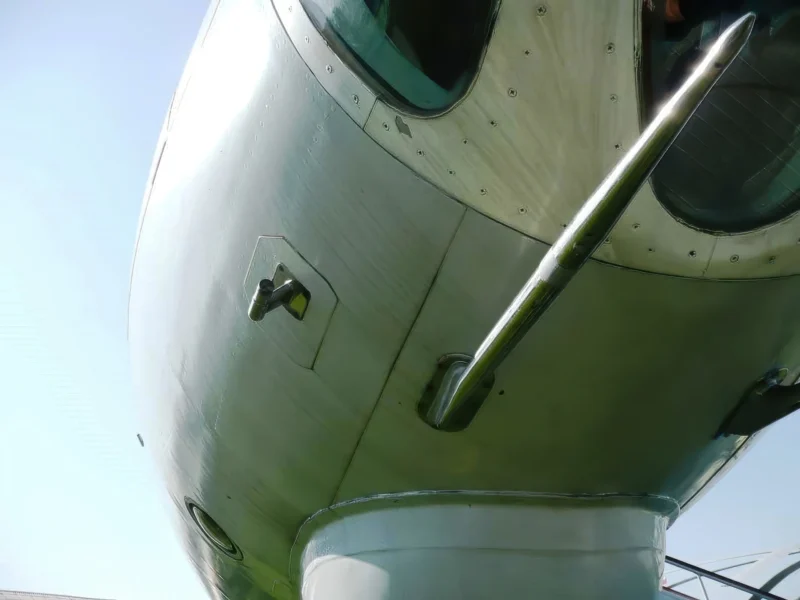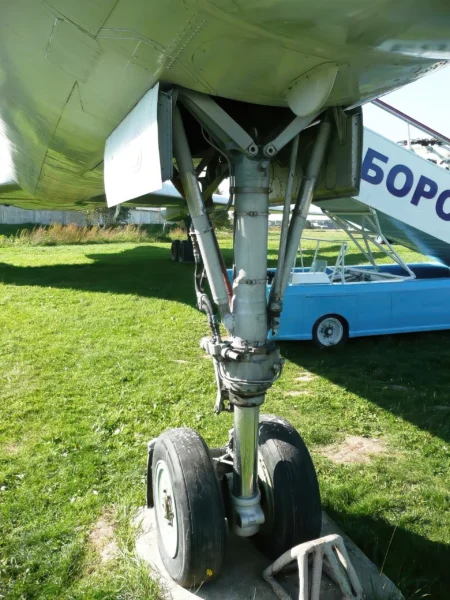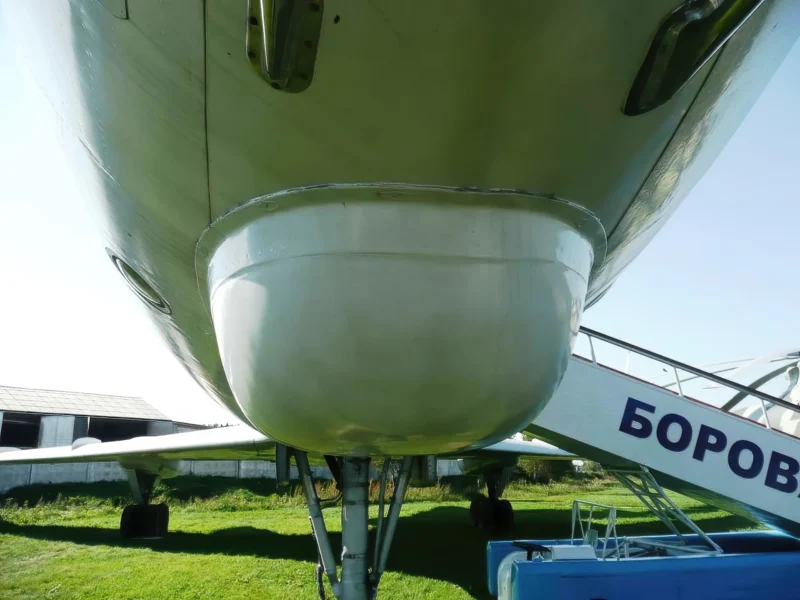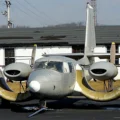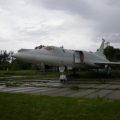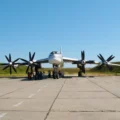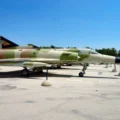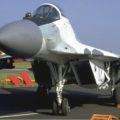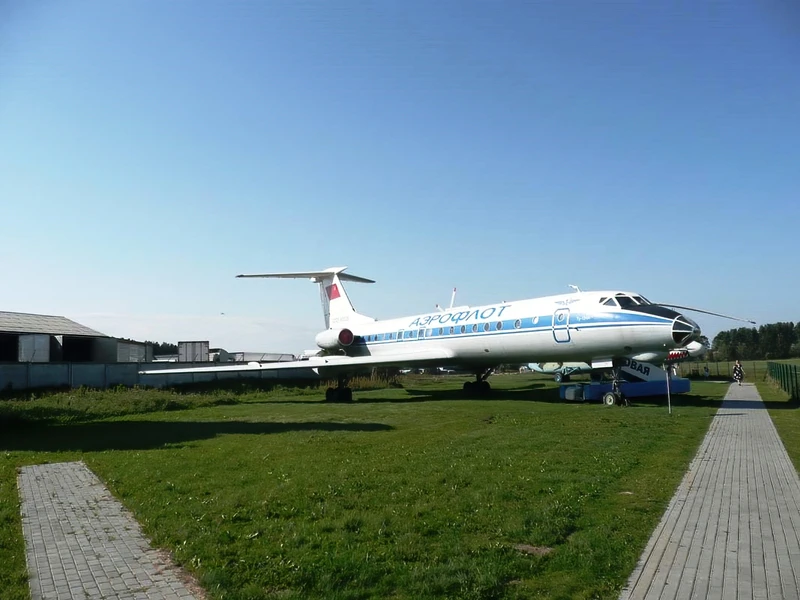
Tupolev Tu-134 | |
|---|---|
| Riik | Nõukogude Liit – Venemaa |
| Rolli | Reisilennuk |
| Esimene lend | 29. juuli 1963 |
| Ehitatud | 854 |
2007 Tupolev Tu-134 (NATO reportaažinimi: Crusty) on kahemootoriline kitsa kerega reaktiivlennuk, mis ehitati Nõukogude Liidus lühikesteks ja keskpikaks marsruutideks aastatel 1966–1989. Algsel versioonil oli klaasitud ninaga disain ja nagu teatud teised Venemaa reisilennukid (sealhulgas sõsarmudel Tu-154), saab see lennata sillutamata lennuväljadelt.
Allikas: Tupolev Tu-134 Vikipeedias
| Tupolev Tu-134A jalutage ringi | |
|---|---|
| Fotograaf | Vladimir Jakubov |
| Lokaliseerimine | Minski-Borovaja õhumuuseum, Valgevene |
| Fotod | 149 |
Vaata ka:
General Characteristics (Soviet Era)
The Tupolev Tu-134 is a twin-engine, short-to-medium-range jet airliner developed in the Soviet Union, originally conceived to replace the Ilyushin Il-14. The ‘A’ variant was the first major production modification, introducing improved engines and increased passenger capacity.
| Property | Value (Tu-134A Variant) |
|---|---|
| Rolli | Short/Medium-Haul Airliner |
| Tootja | Kharkov State Aircraft Plant / Tupolev Design Bureau |
| Entered Service (Tu-134A) | 1970 |
| Meeskonna | 3 or 4 (Pilot, Co-pilot, Flight Engineer/Navigator) |
| Võimsuse | 72 to 84 passengers |
| pikkus | 37.10 m (121 ft 8 in) |
| Tiibade siruulatus | 29.0 m (95 ft 2 in) |
Design and Powerplant
- Engines: Two Soloviev D-30-II or D-30-III turbofan engines.
- Engine Placement: A distinctive feature, the engines are mounted in two nacelles on the sides of the rear fuselage (similar to the BAC One-Eleven or Douglas DC-9).
- Thrust (D-30-II): Approx. 66.7 kN (15,000 lbf) per engine.
- Cockpit: Features a glazed nose, originally intended for a navigator, a hallmark of early Soviet jet transport design (though sometimes phased out on later A models).
- Wing Design: Features a swept wing with noticeable dihedral and leading-edge slats for improved low-speed handling.
- Landing Gear: Equipped with low-pressure tires for operation from unprepared airfields, a common Soviet design requirement.
Performance and Variants
- Maximum Cruise Speed: 900 km/h (560 mph, 486 knots).
- Operational Range: Approximately 1,800 to 2,000 km (1,100 to 1,240 miles).
- Service Ceiling: 12,100 m (39,700 ft).
- Key Improvement (Tu-134A): Compared to the original Tu-134, the ‘A’ variant has a stretched fuselage for more seating and an improved turbofan engine. It also replaced the rear braking parachute with reverse thrust on the engines.
- Noise Issues: Due to the high exhaust velocity of its early turbofan engines, the Tu-134 family was known to be extremely loud and was one of the first Soviet types to be banned from many European airports due to noise restrictions in the 1990s and 2000s.
Views : 246
